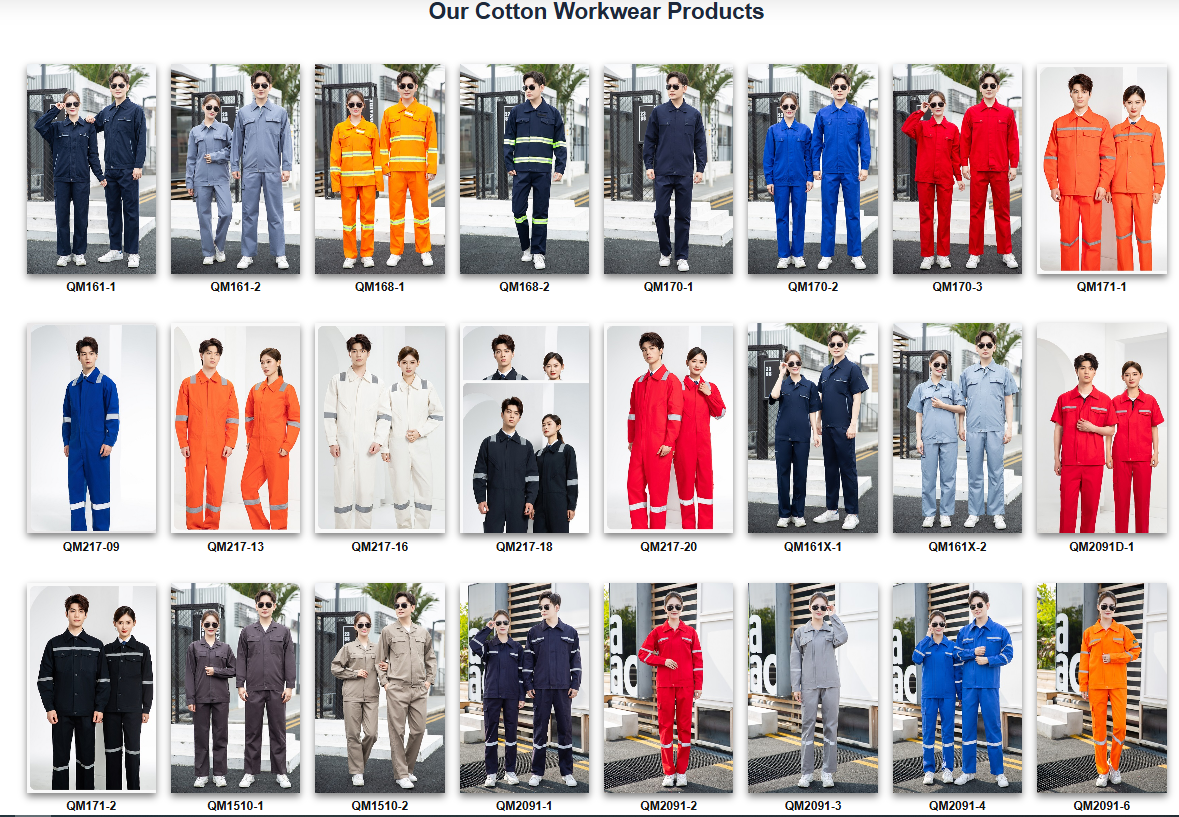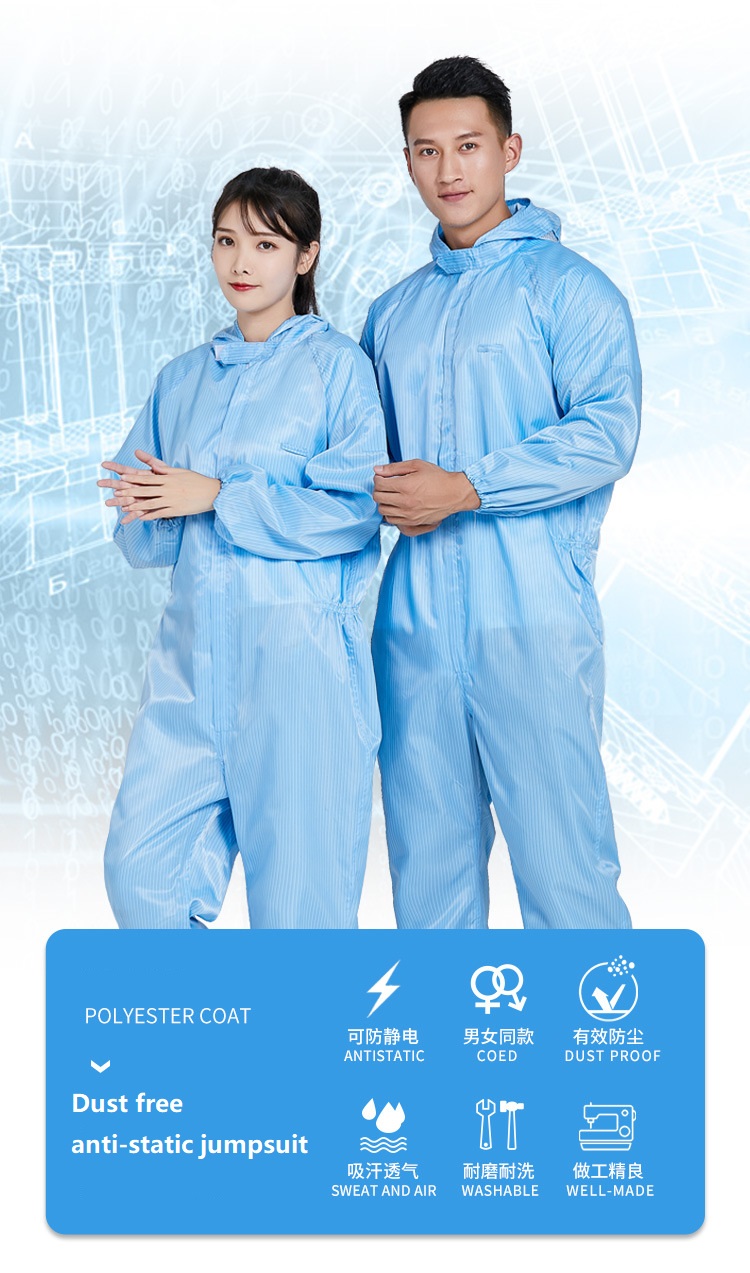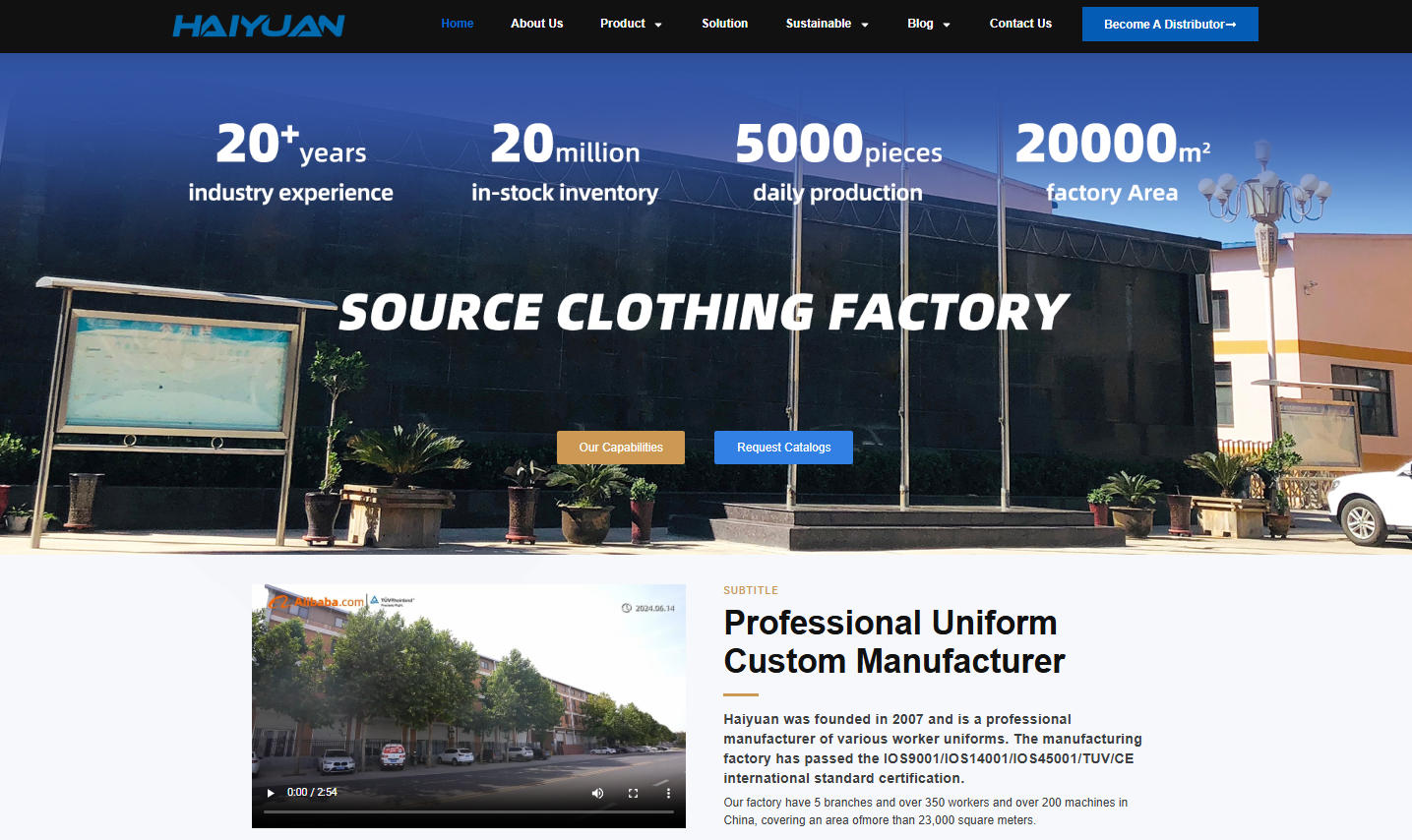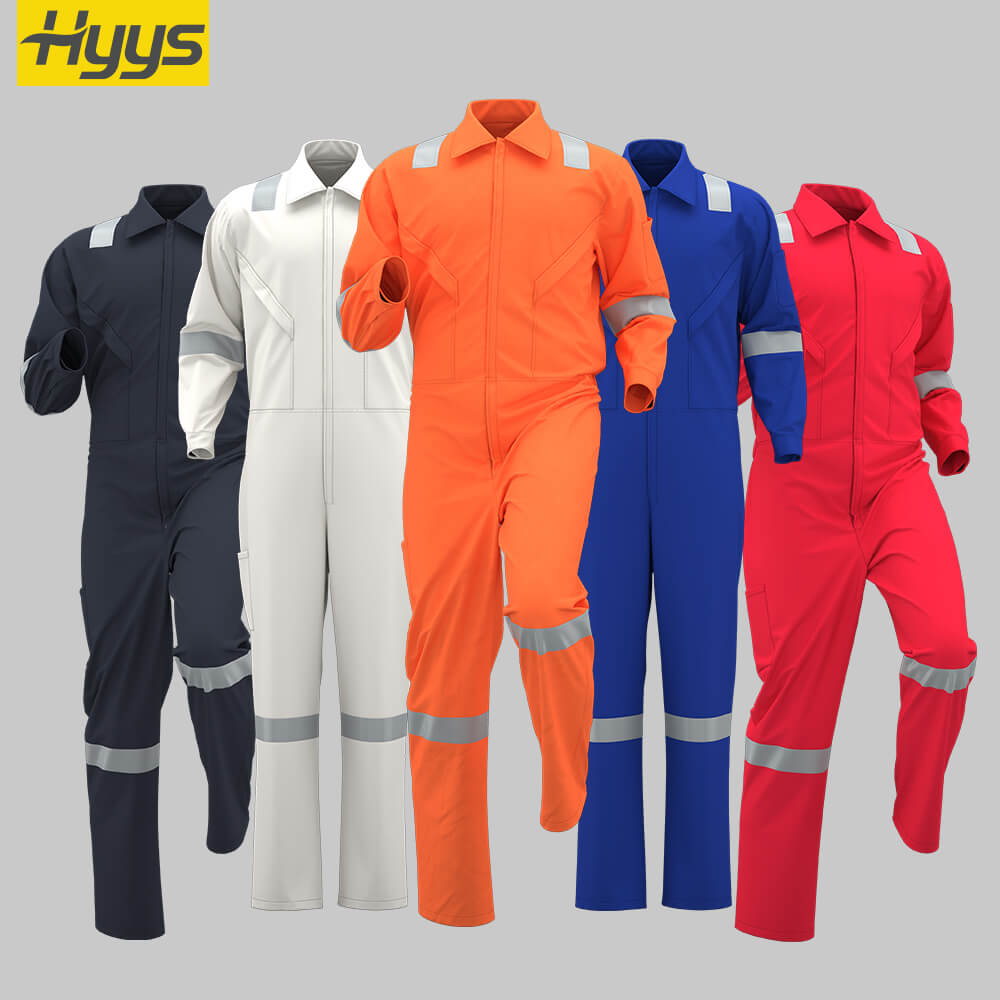Finding the best lightweight cotton coveralls involves balancing durability, comfort, and functionality for warm-weather work. The goal is to get the protection of a coverall without the heat of a heavy fabric.
Here is a guide to the best types of lightweight cotton coveralls and what to look for.
What Makes a Cotton Coverall “Lightweight”?
-
Fabric Weight: Look for coveralls made from 5 oz to 7 oz cotton or poly-cotton fabric. This is significantly lighter than standard 10-12 oz duck canvas coveralls.
-
Weave: A twill weave is common for lighter weights, offering a great balance of strength, flexibility, and breathability.
-
Blends: Don’t overlook polyester-cotton blends (like 65/35). The polyester adds durability, wrinkle resistance, and faster drying time without sacrificing too much breathability.
Top Picks & What to Look For
While “best” depends on your specific job, here are highly-regarded types and brands of lightweight coveralls.
1. For General Purpose & Value: Dickies Relaxed Fit Coverall
-
Why it’s a great choice: This is a classic for a reason. Dickies is synonymous with affordable, durable workwear.
-
Typical Material: Usually a 65% Polyester / 35% Cotton twill.

pure cotton workwear suit -
Benefits:
-
Extremely Affordable: Easy to replace if they get ruined on the job.
-
Wrinkle & Shrink Resistant: The blend holds its shape well through many washes.
-
Comfortable Fit: The “relaxed fit” allows for good mobility.
-
Lightweight: Perfect for automotive work, light maintenance, painting, and farming.
-
-
Drawbacks: Not for heavy-duty abrasion or fire hazards.

coveralls manufacturer in china
2. For Premium Comfort & Durability: Carhartt Force Relaxed Fit Coverall
-
Why it’s a great choice: Carhartt takes their legendary durability and adapts it for warm weather.
-
Typical Material: Often a Tech Canvas blend (like 88% Cotton / 12% Nylon) or other lightweight, performance-oriented fabrics.
-
Benefits:
-
Durable yet Light: Uses materials that are designed to be tough without the weight.
-
Moisture-Wicking: Many in the “Force” line are treated to wick sweat away, keeping you cooler and drier.
-
Reinforcements: Still includes features like triple-stitched main seams for longevity.
-
UV Protection: Some models offer built-in protection from the sun.
-
-
Drawbacks: Higher price point than basic Dickies.
3. For the Pure Cotton Traditionalist: 100% Cotton Twill Coverall
-
Why it’s a great choice: If you insist on 100% cotton for its breathability and natural feel, this is the way to go.

100% cotton wear resistant work clothes -
Typical Material: 7 oz 100% Cotton Twill.
-
Benefits:
-
Maximum Breathability: Ideal for hot, dry conditions where sweat evaporation is key.
-
Soft Handfeel: Cotton is naturally soft against the skin.
-
No Melting: Unlike synthetics, it won’t melt from welding sparks (though it will burn – it is not flame-resistant).
-
-
Drawbacks: Prone to wrinkling and will shrink if not washed and dried carefully. Look for “pre-shrunk” or “sanforized” on the label.
4. For Disposable & Particle Protection: Tyvek-like Coveralls
-
Why it’s a great choice: For painting, asbestos/lead abatement, or cleanroom work where you need a barrier against fine particles.
-
Typical Material: Spunbound Polyethylene (e.g., DuPont Tyvek®).
-
Benefits:
-
Ultra-Lightweight: Incredibly light and packable.
-
Excellent Barrier: Protects against non-hazardous dry particles and liquids.
-
Disposable: No laundry required; perfect for one-time messy jobs.
-
-
Drawbacks: Not breathable at all (you will sweat profusely), not durable (can rip easily), and offers no thermal or abrasion protection.

TZ131 coveralls suit
Key Features to Look for in Lightweight Coveralls
-
Bi-Swing Back: Elastic sections or pleats on the back allow the garment to stretch with you when you reach overhead, preventing binding and tearing.
-
Gusseted Crotch: An extra panel of fabric in the crotch provides more room to squat and kneel, greatly improving comfort and mobility.
-
Zipper Closure: A sturdy, self-repairing zipper is essential for easy on/off.
-
Pockets: Check for the pockets you need—chest pockets, side pockets, and sometimes a cell phone or ruler pocket.
-
Articulated Knees: Pre-shaped knees provide extra room and reduce stress on the fabric when you are bending.
Quick Decision Guide
-
For everyday light duty and best value: Dickies Relaxed Fit Coverall.
-
For hot weather and tough jobs where you sweat a lot: hyys Coverall.
-
If you prefer 100% natural fiber above all else: A 7 oz 100% Cotton Twill Coverall from a reputable workwear brand.
-
For painting or keeping dust off your clothes: Disposable Tyvek® Coverall.
Final Pro Tip: Always check the care label. To prevent shrinkage on cotton-heavy coveralls, it’s often best to wash in cold water and air dry or use a low-heat tumble dry setting.
For some insightful reads, we’ve curated a list of recommended articles just for you:
- How do I find a product manufacturer in China?
- How to find cheap manufacturers in China? A guide to avoid pitfalls
- How to complete your first purchase of workwear in China safely and efficiently
- Custom uniforms for Small business
- Choosing the Best Industrial Work Suit
- Ultimate Guide: Best Wholesale Work Clothes in China
- Cut & Sew Customization
- Logo Customize Clonthing Manufacturer
- Labour Uniform manufacturer
- Labor clothing uniform for sale
- Working clothes china wholesale
Can’t find what you’re looking for? Feel free to contact us. We’re here to help 24/7.




